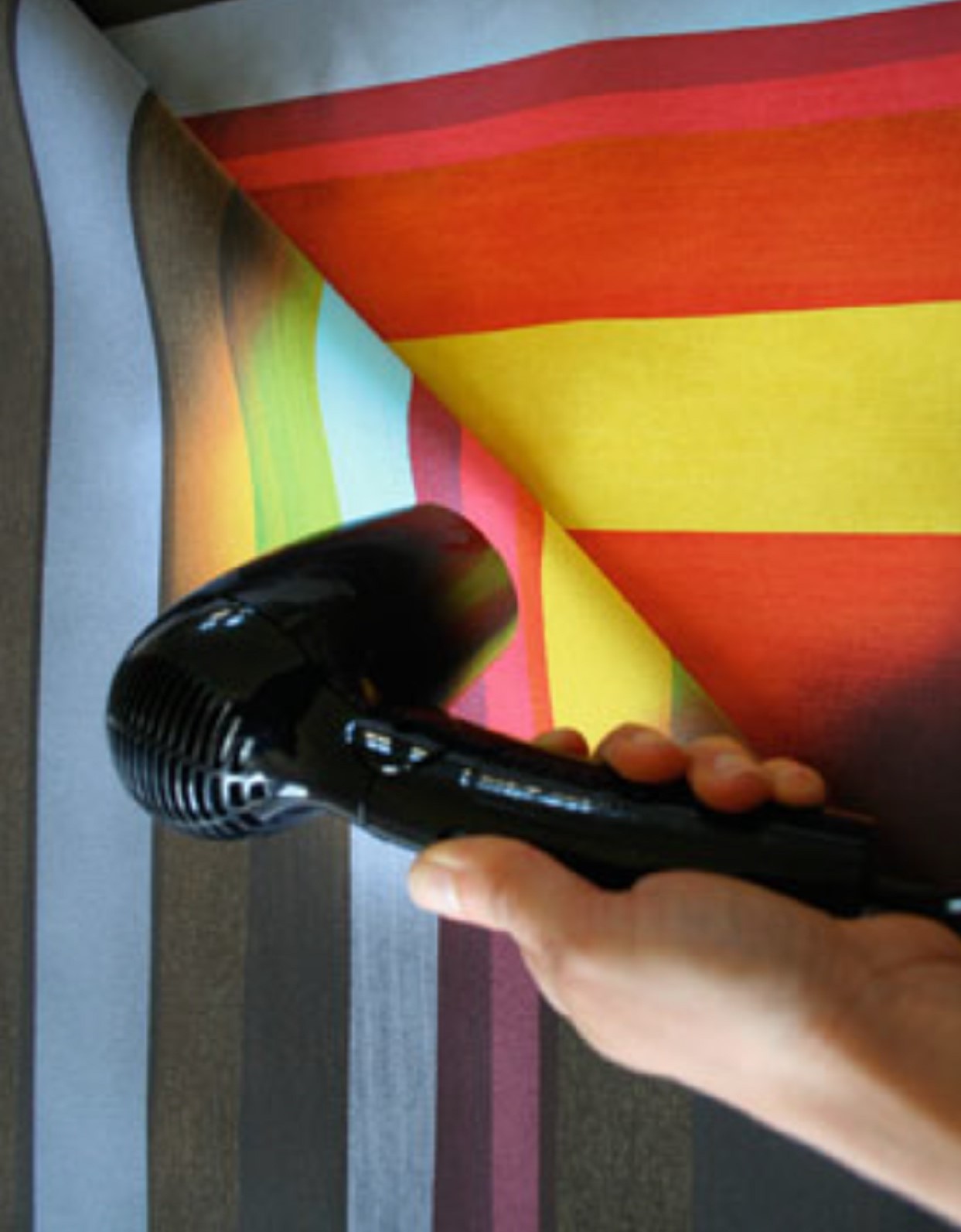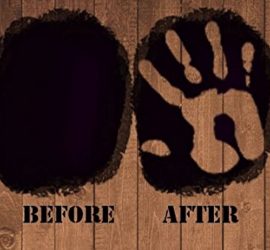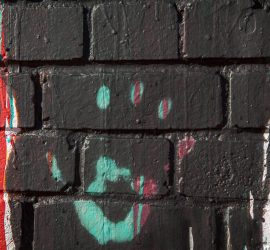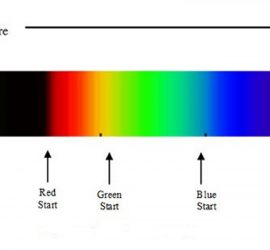Thermochromic paints
Thermochromic paints
Thermochromic paints react to temperature change. The most common ones become transparent or fade when the temperature increases, and when the temperature decreases, they become more intense in colour. The transition of the paint from transparent to coloured and vice versa occurs in the temperature specified by the Customer.
To make a thermochromic paint, microcapsules with a dye reacting to temperature are used. They can be combined primarily with acrylic and oil paints. In case of other applications, please contact us.
Thermochromic paints can be applied on various types of surfaces by using standard painting tools such as a brush, roller, or spray painting gun.




Types of thermochromic paints
Thermochromic paints are divided into several types. There are, among others:
Reversible thermochromic paints, which become transparent after reaching set temperature, but when cooled down, they become colourful again.
Irreversible thermochromic paints are characterised by a permanent colour change. Apart from them, there are also two-range paints, which gain colour in one temperature value and lose it in the other.
Interval paints maintain colour only in specified temperature range and discolour when it is exceeded.
Liquid crystal paints change in rainbow colours, and each colour corresponds to a different temperature.
Thermochromic paints – application in construction
Thermochromic paints change colours under the influence of temperature. A designer is able to shape the space depending on the thermal conditions of the surroundings, colour it when it is cold, and discolour it when it is hot. Surfaces can react to the heat of a human body and other temperature sources
We can create thermochromic floors with footprints remaining on them, walls reacting to the touch, ice or warm air, building facades with thermochromic coating, which changes colours under the warmth of sunrays, ceramic bathroom tiles or floor tiles which change colour when exposed to warm or cold water, heaters changing colours after turning the heating on.
By designing architectural devices with the help of thermochromic paints, a user plays a kind of a game with the installation coated with such paint, using available means of temperature change such as the heat of a human body, heating devices, coolness of the ice, sun, frost, ambient temperature, etc.










